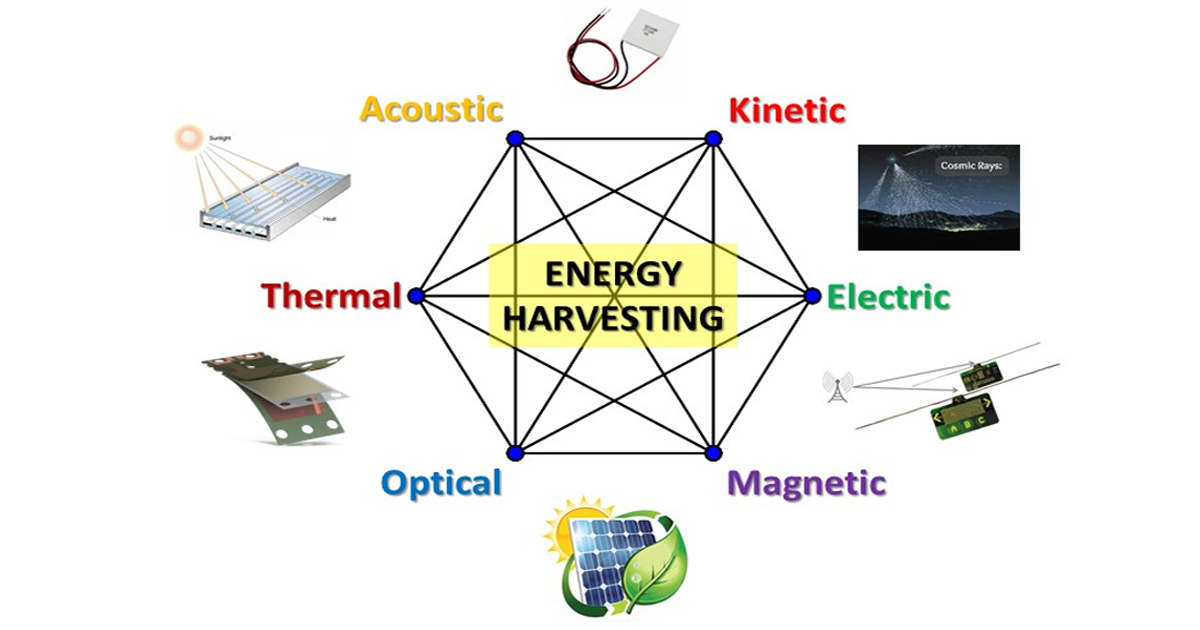- 2.8Impact Factor
- 5.4CiteScore
- 15 daysTime to First Decision
Advanced Functional Nanostructured Films and Coatings for Energy Applications, 2nd Edition
This special issue belongs to the section “Thin Films“.
Special Issue Information
Dear Colleagues,
At present, the topic of energy represents a real emergency for humankind, and therefore must be considered a priority in scientific research. The natural resources of energy are not inexhaustible, and the use of those more immediately accessible (i.e., fossil fuels) is not free of drawbacks such as environmental pollution. Energy is required in any industrial/domestic technology, and, consequently, finding a solution for these energy needs is a matter of universal relevance. Material science plays a key role in this process of renewing the type of energy resources we can exploit. The direct transformation of matter to energy, since it is based on a chemical reaction, inevitably produces byproducts, and therefore always has a high environmental impact. Conversely, the energy transduction (i.e., transformation from one form to another one) is based exclusively on physical phenomena, meaning it does not generate chemical byproducts and could be a technological solution worth studying. Advanced materials surely have a strategic role in this energy transition process. Physical phenomena always occur at interfaces between different solid phases. Interfaces have a key role because their extension only amplifies the physical phenomenon. Finally, surfaces, interfaces, coatings, and thin films will have a significant role in this energy transition. For these reasons, we propose a Special Issue highlighting the overlap among energy-related issues, surface science/technology, and nanostructuration
Dr. Gianfranco Carotenuto
Guest Editor
Manuscript Submission Information
Manuscripts should be submitted online at www.mdpi.com by registering and logging in to this website. Once you are registered, click here to go to the submission form. Manuscripts can be submitted until the deadline. All submissions that pass pre-check are peer-reviewed. Accepted papers will be published continuously in the journal (as soon as accepted) and will be listed together on the special issue website. Research articles, review articles as well as short communications are invited. For planned papers, a title and short abstract (about 100 words) can be sent to the Editorial Office for announcement on this website.
Submitted manuscripts should not have been published previously, nor be under consideration for publication elsewhere (except conference proceedings papers). All manuscripts are thoroughly refereed through a single-blind peer-review process. A guide for authors and other relevant information for submission of manuscripts is available on the Instructions for Authors page. Coatings is an international peer-reviewed open access monthly journal published by MDPI.
Please visit the Instructions for Authors page before submitting a manuscript. The Article Processing Charge (APC) for publication in this open access journal is 2600 CHF (Swiss Francs). Submitted papers should be well formatted and use good English. Authors may use MDPI's English editing service prior to publication or during author revisions.
Keywords
- advanced energy materials
- functional materials
- nanocomposites
- nanostructured materials
- smart materials
- polymeric coatings
- hybrid coatings

Benefits of Publishing in a Special Issue
- Ease of navigation: Grouping papers by topic helps scholars navigate broad scope journals more efficiently.
- Greater discoverability: Special Issues support the reach and impact of scientific research. Articles in Special Issues are more discoverable and cited more frequently.
- Expansion of research network: Special Issues facilitate connections among authors, fostering scientific collaborations.
- External promotion: Articles in Special Issues are often promoted through the journal's social media, increasing their visibility.
- e-Book format: Special Issues with more than 10 articles can be published as dedicated e-books, ensuring wide and rapid dissemination.

